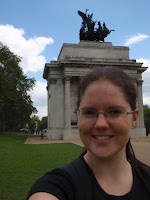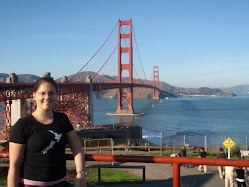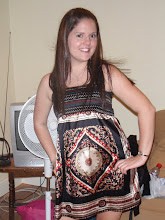I had a relatively low key weekend this weekend.
On Saturday I was heading into town when I got a call from a job I had been doing for the last two weeks but finished on Friday to ask if I could come in for an hour or so, I jumped at the chance as I didn't have a job lined up for next week. After a couple of hours in the office I headed down for a walk alongside the river Thames past Shakespeare's Globe, which I will have to book in to see a play, Tate Modern not really my kind of thing and over the old wobbly Millennium Bridge although it didn't wobble for me. I had the house to myself as my flatmates had gone to Spain so popped in a movie, The Green Mile which I brought for three pounds at Tesco. I know its relatively old but I hadn't seen it before and if you haven't seen it, its really good.

On Sunday they were showing a live video performance of Romeo and Juliet straight from the London Opera House and since it was free and not to far from home, Hayley, Nicki and myself headed down to Canary Wharf. It was a good show and the ballerina's were amazingly flexible, the only let down was I think they watered the grass before the show and it was wet and damp but otherwise not to bad for free.


Toni








































 Lower-class criminals were usually executed by hanging at one of the public execution sites outside the Tower. High-profile convicts, such as
Lower-class criminals were usually executed by hanging at one of the public execution sites outside the Tower. High-profile convicts, such as 











